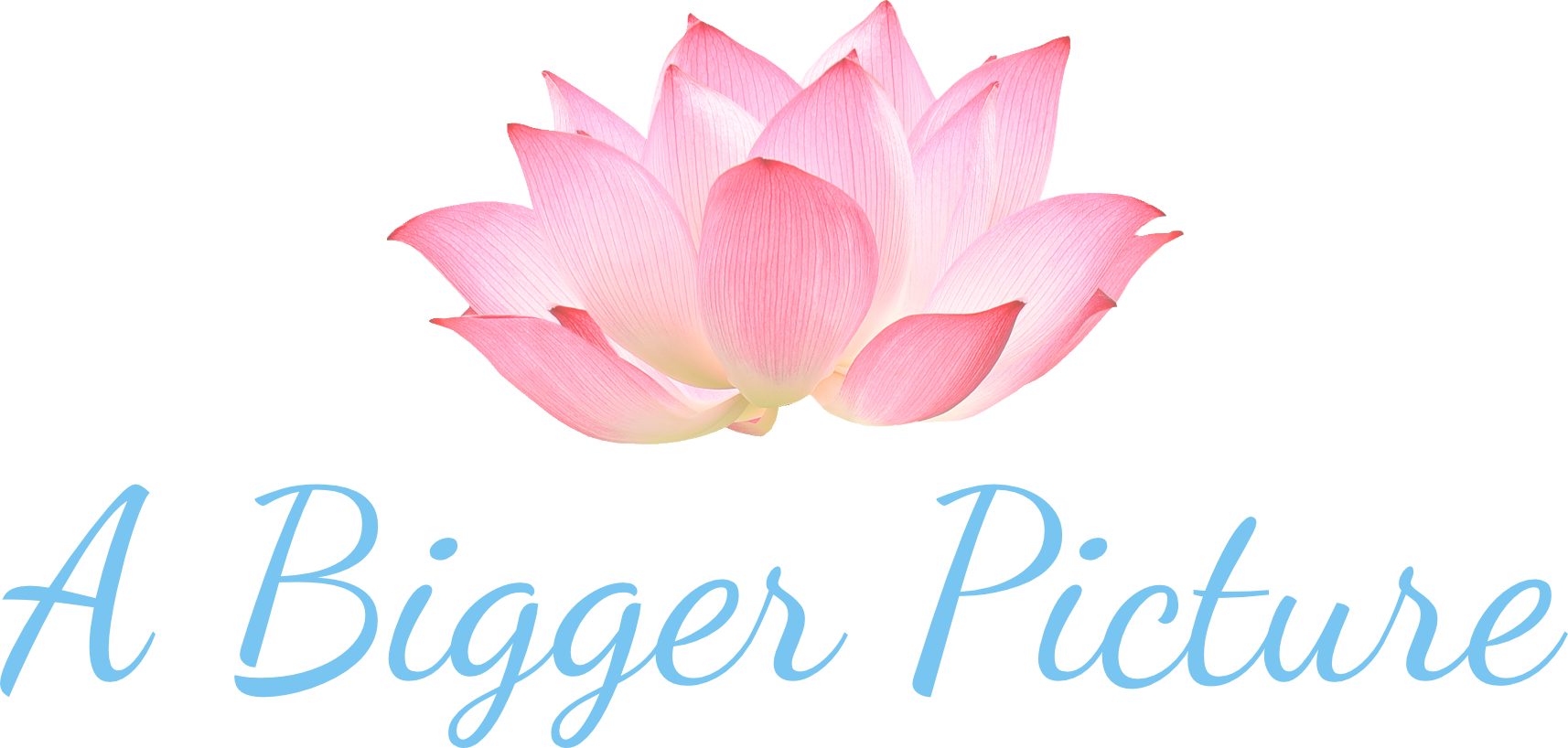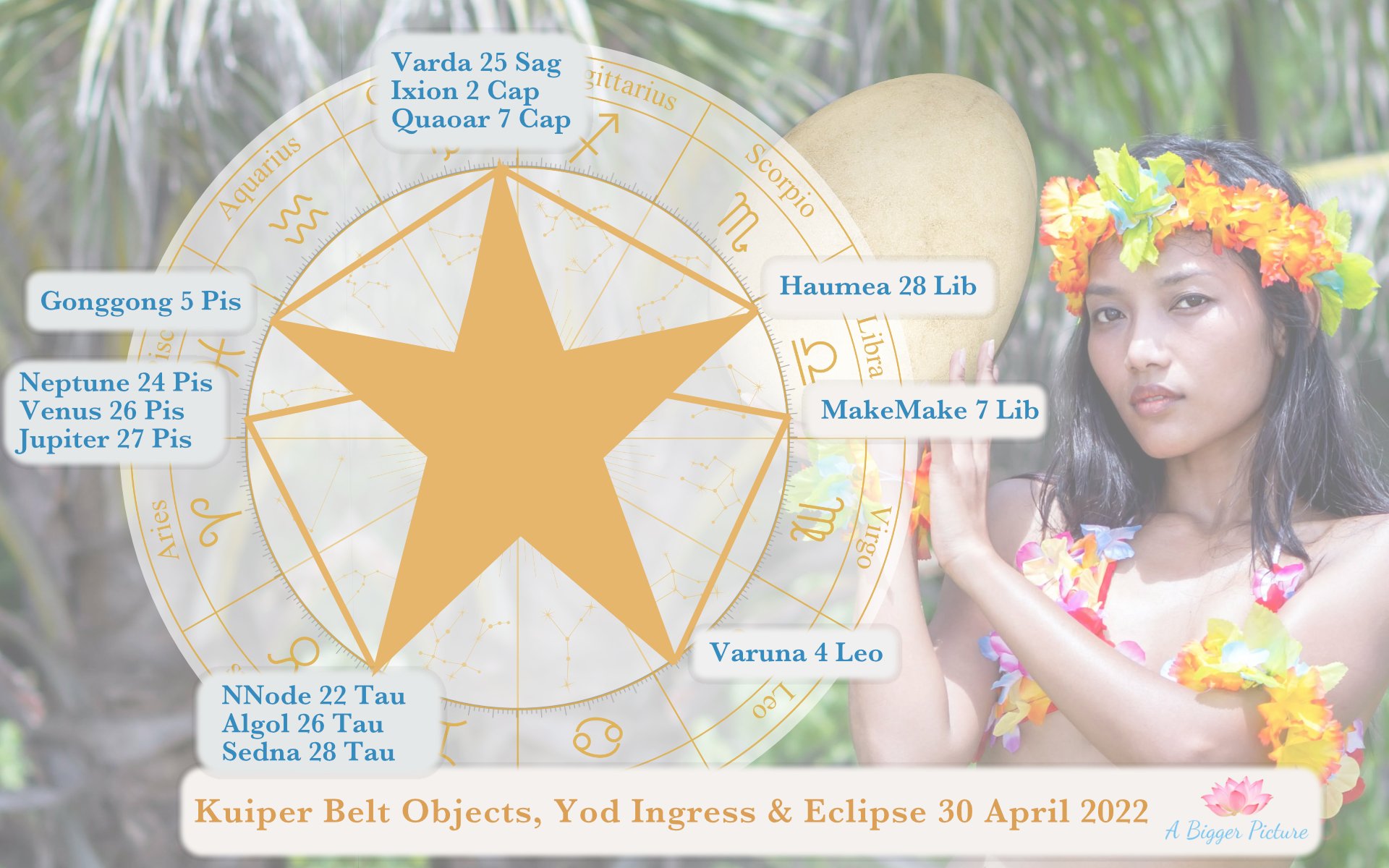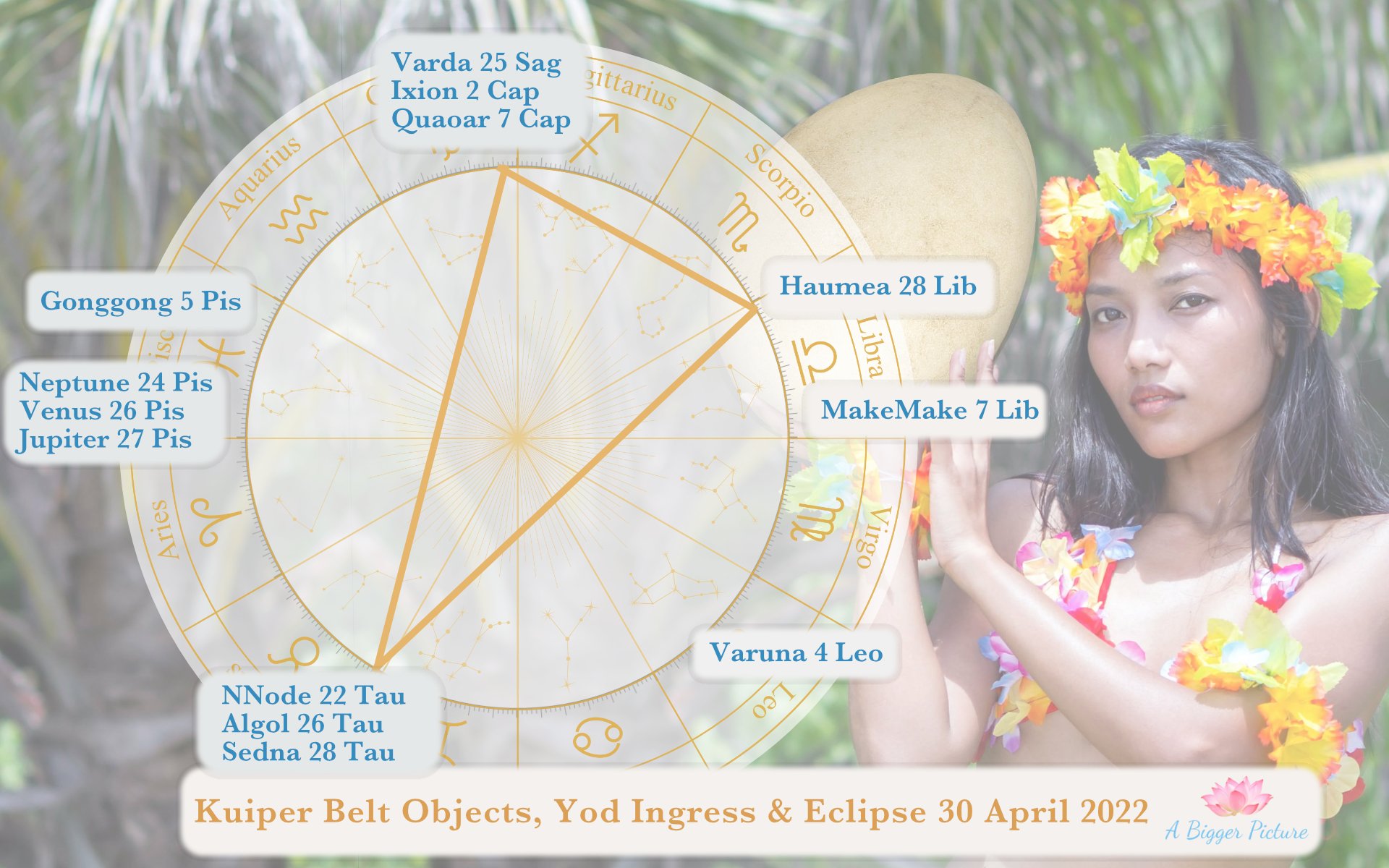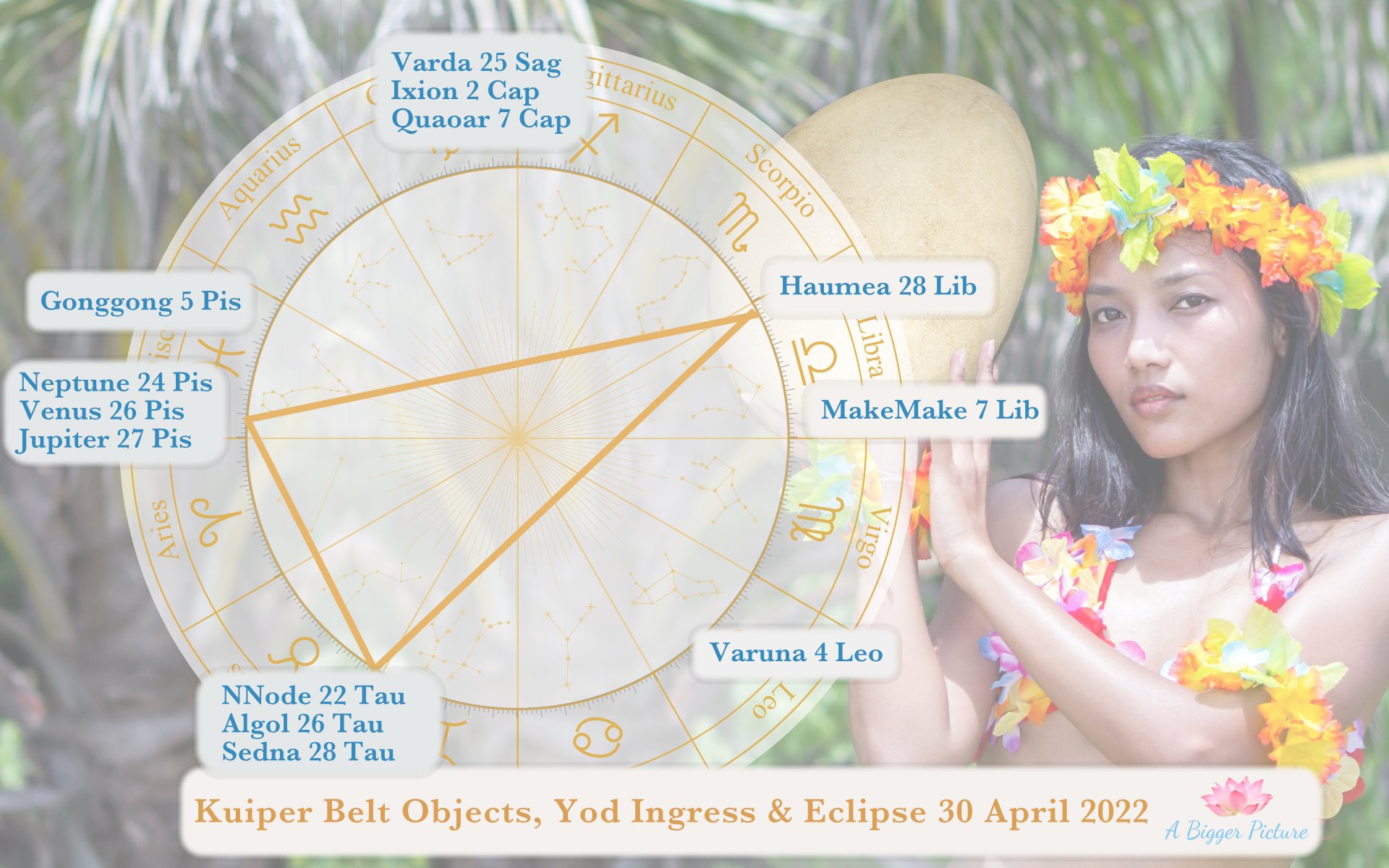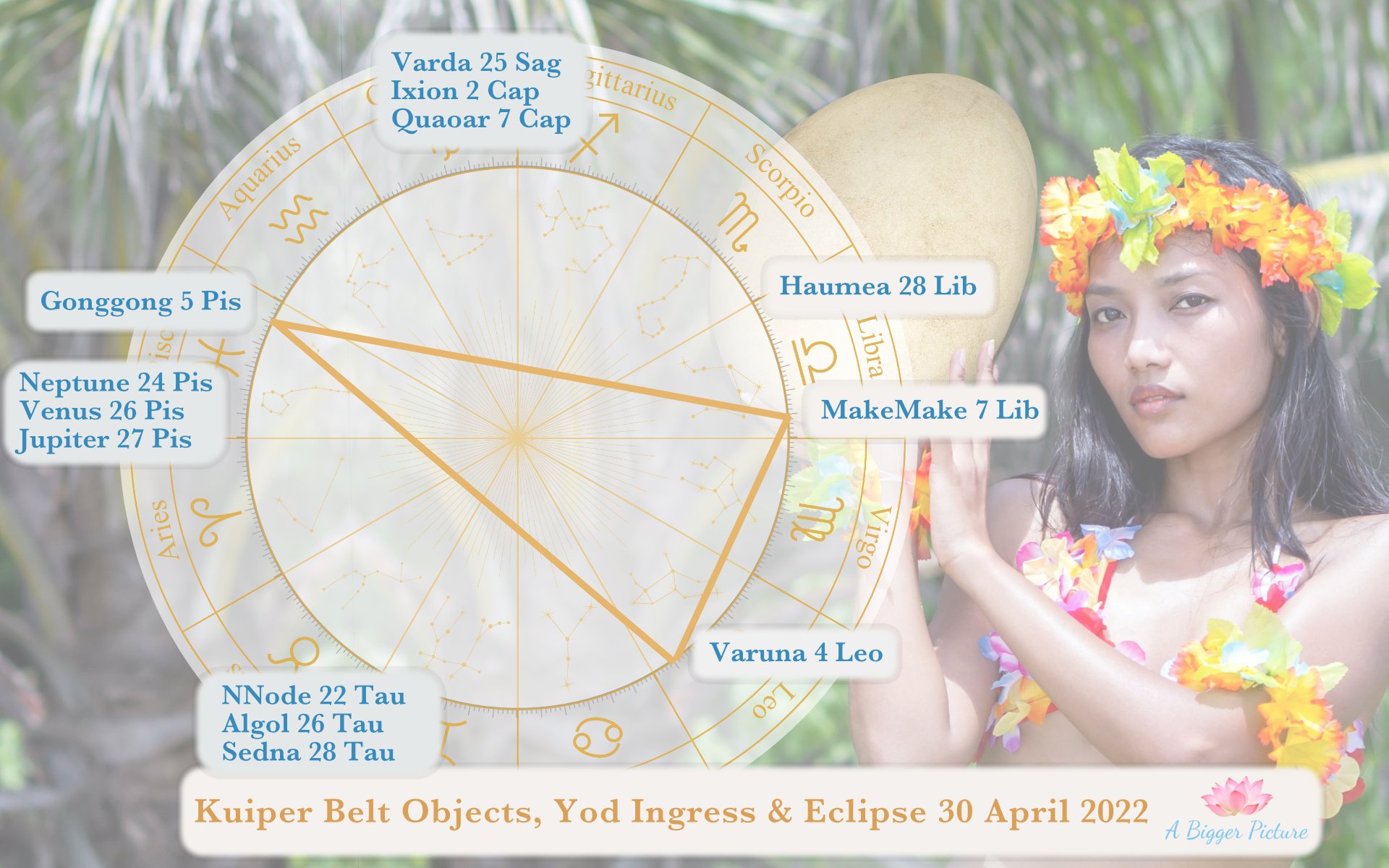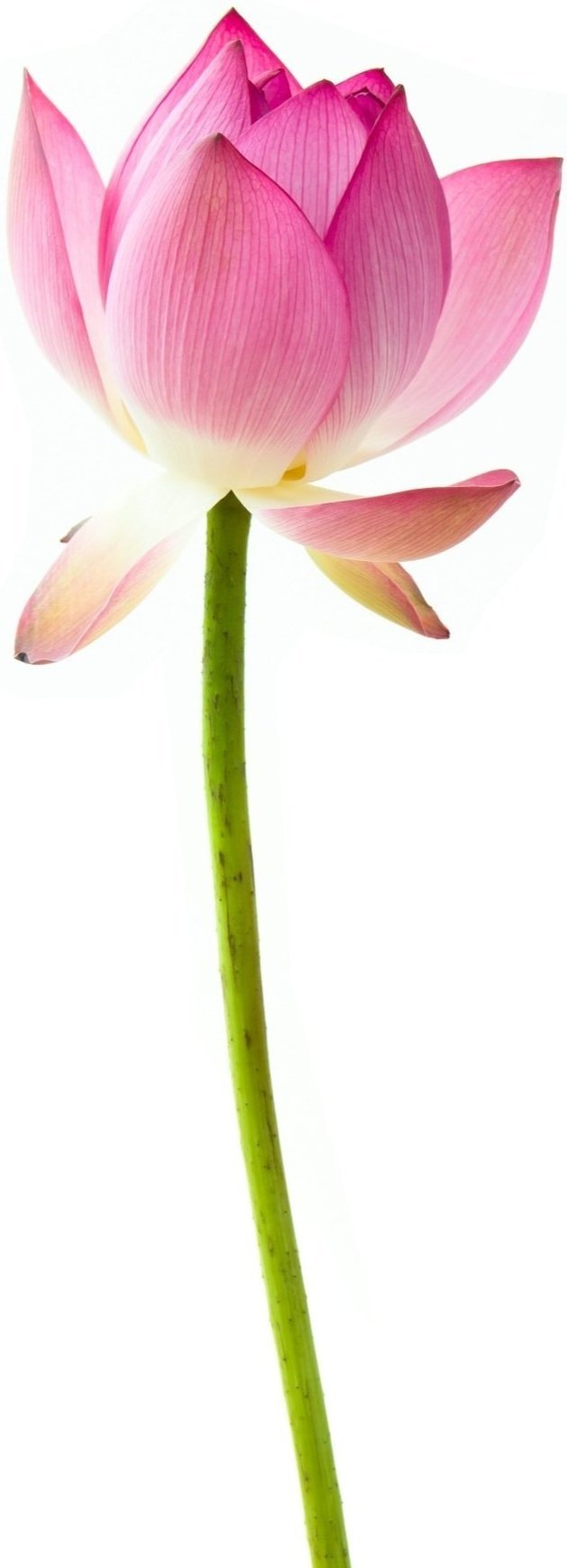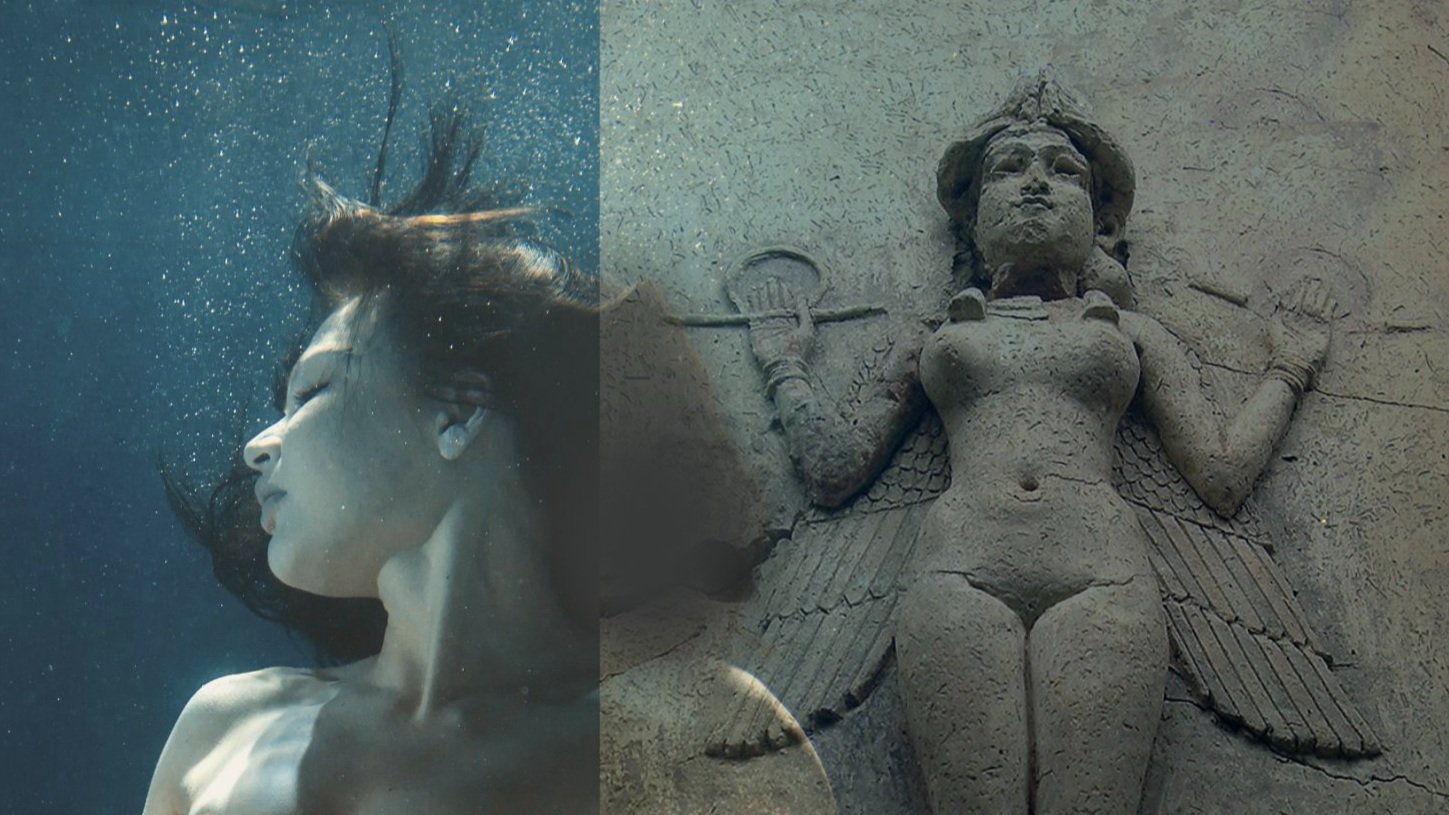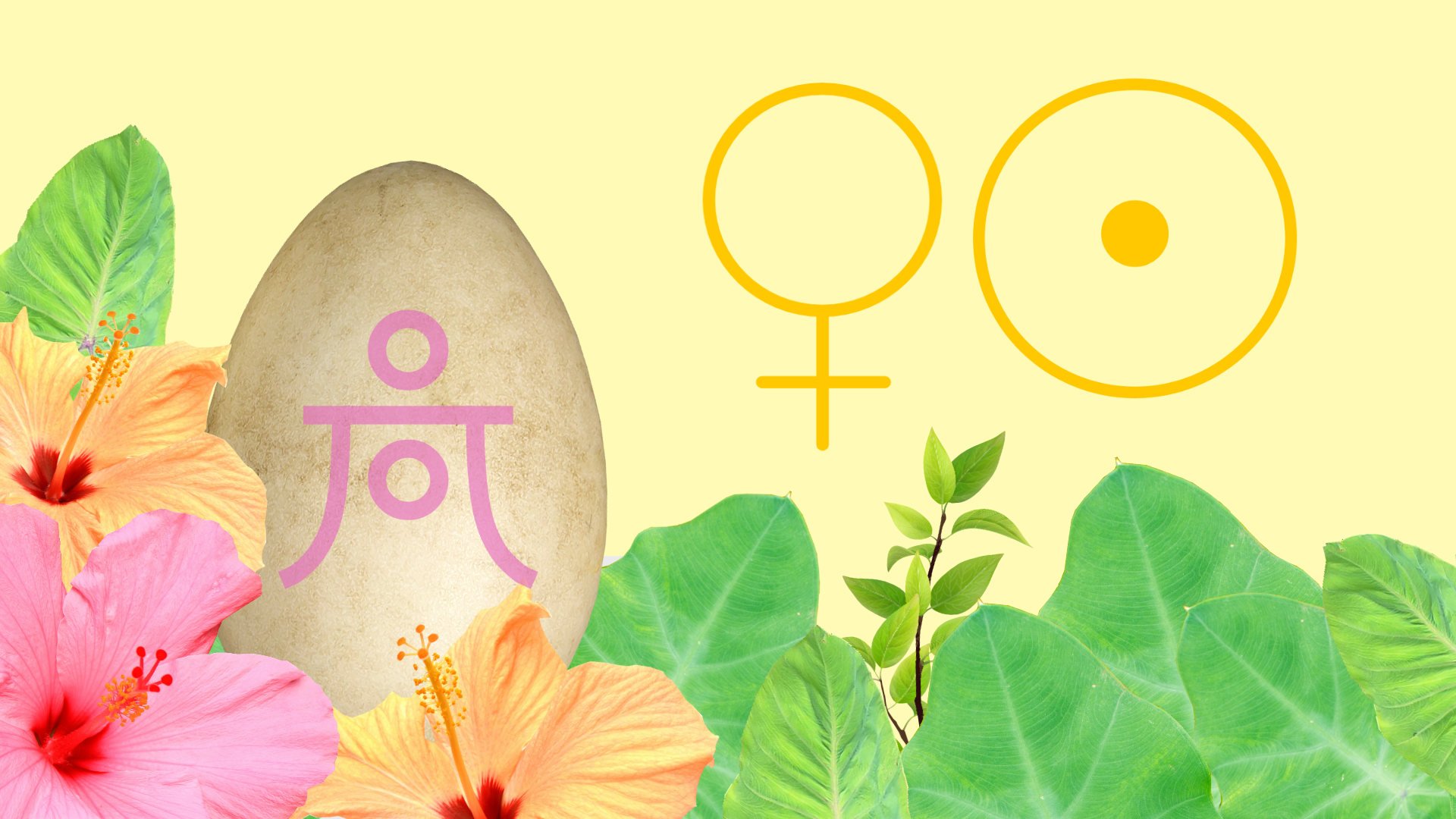Sedna, Inanna, the Underworld, the Great Potential for Alchemy and the 11th House
Image: Inanna-Ishtar's descent into the Underworld taken from Lewis Spence's Myths and Legends of Babylonia and Assyria (1916) via Wikimedia Commons. Click to enlarge.
DEJAVU
The human collective is currently experiencing an energy that is highly pronounced in both Eris and Sedna’s discovery charts.
On closer inspection, it is quite profound…
Venus is in retrograde in Capricorn, not only in the Underworld, but literally in the astrological sky, conjunct Pluto, the Lord of the Underworld. It is also making two tight orb events, where Venus/Mercury and Pluto form a cluster. This cluster is the same conjunction of planets that features in both Eris and Sedna’s discovery charts. THIS IS FASCINATING!
As discussed in previous articles, Eris and Sedna have many striking similarities in their discovery charts, like this cluster, and it is quite interesting that we are currently experiencing a DEJAVU moment of this energy, as Eris and Sedna’s energies are also very pronounced at this time. Synchronicity is so much fun!
This article is a duplication of sorts, of the previous article that looked at three planets in Eris’ chart, that synchronistically appear in Sedna’s chart as well, but expressed in a different astrological house. There will be more of a focus around the house placement.
This cluster of planets seems to have great potential in the process of growing in maturity, and using chaos for alchemy, which is what this website is all about.
Lee Carroll is the channel for Kryon, and at a recent gathering Kryon said some remarkable things about the year of 2022; a time of light. Kryon talked about becoming the mature masters of the world, who observes life, and builds a light temple around themselves. With this Soul energy of mastery, using the tools of maturity, harmony, balance, non-judgement and peace. To be a transmitter, for new potentials on this planet.
PS:
Please remember that this website is for the more advanced astrological wisdom seeker. Philosophy is defined as the study of the fundamental nature of knowledge, reality, and existence. Philosophy is the love of wisdom. There are many concepts in this article a beginner may not understand, but by following the links provided, it may help you to information, and the details, to gain a bigger picture.
Current Affairs: A Visit to the Underworld with Venus Retrograde
Venus/ Inanna and Mercury Visits Pluto in the Shadow
Retrograde Venus, the planet, had been the evening star up until recently, until she disappeared in the glare of the sun, hiding her beauty from humanity as she descended into the underworld, which is below the horizon. To stay there for about eight days to be transformed. Astrologically speaking this is a time of reevaluating Venus issues: relationships, values, self-worth, sensual pleasure, beauty, our finances and honouring our need to make the changes, to bring joy and equilibrium into our lives. This is a time when we may be faced with examining belief systems, old behaviours and patterns, and be confronted with challenging previously hidden insights, that may act as catalysts for positive change. There are multiple mythologies around Venus’ cycle in the underworld. There is Persephone in Greek mythology. And then there is Inanna who was a an ancient Mesopotamian goddess associated with love, beauty, sex, war, justice and political power. She was originally worshiped in Sumer under the name "Inanna", and was later worshipped by the Akkadians, Babylonians, and Assyrians under the name Ishtar. According to Wikipedia, the Greek equivalent of Inanna are Aphrodite and Athena, and the Roman equivalent are Venus and Minerva. Persephone’s mythology was described in an earlier article, and the significance she has to understanding Eris, the Goddess of Discord and Strife, the dwarf planet’s, energy. Inanna’s story carries many similarities.
What is the Underworld? What is Makyo?
In Greek mythology, this is where the dead went to be judged and separated, according to their deeds; the righteous, ethical and virtuous getting a better deal. A more modern interpretation is, that it is a place where all truths are seen..
Light and dark in the true sense is not dualistic: each have value and they work together to bring equilibrium in each human being. The underworld is where unseen potentials are. Why would Inanna want to go from the light into darkness? Why does the darkness call on Inanna to come to it and find what is there? When going to darkness it is a discovery of what is unknown; what is yet to be realised, felt, experienced. There is something in there that can be uncovered, reclaimed, known… By shining the light of your awareness into darkness, you find parts of yourself that you had disowned or forgotten about, that if retrieved, may ultimately add immense value to your life… In your own darkness, lies all the potentials of what you could do… They are in a neutral state, but with the light of consciousness, may activate potentials…
The Underworld was the kingdom of the dead in Greek mythology, the sunless place where the souls of those who died went after death, where Pluto ruled, ultimately with Persephone as Queen of the Underworld. The journey into the underworld symbolises becoming conscious and aware of what we had been unaware of in ourselves, hidden patterns and drivers. It involves a “death” of sorts, which entails giving up one way, for something entirely different. It is not for everyone. Yet it entails gaining wisdom, knowledge, clear vision, strength and realising that we are more in balance when not lying to ourselves, than we realised.
When not in denial, not in untruthfulness, not in illusion, nor delusion, there is peace.
In Zen, makyo is a figurative reference to the kind of self-delusion that results from clinging to an experience and making a conceptual "nest" out of it for oneself.
Makyō is essentially synonymous with illusion, but especially in reference to experiences that can occur within meditation practice. "Makyo" also refers to an unbalanced mental condition of ego-swelling that results from excessive self-consciousness, into which an ascetic of the Zen Sect of Buddhism tends to fall when halfway awakened. Some people point out that this mental condition is what they call 'spiritual inflation' in Jungian psychology.
Sedna in astrology is about over-riding power issues, and powerlessness.
And a ‘karmic flood’ coming in to dig up, and deal with unresolved power struggles from the past in all humans, but especially pulling on the ego, dominance and unresolved power issues of the leaders of the world.
Power is a very seductive illusion (makyo). It doesn’t like being revealed nor illuminated as such.
This is what Sedna higher expression eventually realises, refusing to get sucked into power games, not choosing sides. Having compassion, yet choosing to distance herself.
“At the core of all power is fear – fear of losing power, fear of having others have power over you. We’re here simply to shine the light. Not trying to take sides, not having an agenda, simply to shine the light.” ~ Adamus Saint Germain
In astrology, this Venus retrogrades every 18 months, for a time period of about 40 - 43 days. Venus is out of sight for 8 days, in the underworld. The retrograde is a time of re-evaluation regarding relationships, money, financial wealth, values and self-worth, that may lead to a change in self-understanding, or a purification. Which means coming out the other end more wiser and mature. This is how some grow, and some stay immature in makyo of their own making.
The Venus Cycle - A Coming into Maturity
In Western astrology, the qualities of Venus is generally seen in a highly positive light, as the planet of love and romance. The effects of her visit to the underworld, and the resultant change into a more mature state, is not integrated though. There is certainly a level of denial in our western paradigm.
Ancient civilisations, like the Mesopotamians and Babylonians had a different take on Venus’ character, through the goddess Inanna, later worshipped as Ishtar. Inanna was an ancient Mesopotamian goddess associated with love, beauty, fertility, sex, war, justice and political power. She was the “Queen of the Heaven”, and associated with the planet Venus. According to Wikipedia, the Greek mythological equivalent of Inanna are Aphrodite and Athena, and the Roman equivalent are Venus and Minerva.
In the Venus cycle, ancient civilisations saw her expression, before she entered the underworld, as a more fiery IMMATURE expression, which is why many referred to her as the war-god star, when in that stage. Then Venus dipped below the horizon for 8 days to enter the underworld. And after her stay there, they viewed her expression different, as rising as a more MATURE version. There are many ancient resurrection stories like this, that involves a transition from one state, into another, around Venus. (Even the ancient Mayans had such a mythology). There was an ambition that Inanna had, to conquer both the light and dark domains, to gain wisdom like Enki did… that in the ancient days, were associated with Venus. Venus is a very red planet, like Mars… but there seems some rose-coloured glasses when it comes to her energy in western astrology. The only times when fiery attributes are assigned to her, is when - in relation - she is influenced by being in a fire sign, or aspecting a fiery planet. Why is that? Denial is not a river in Egypt.
The painful incidents in our lives may teach us about our own Divine nature. Personal loss or suffering has a way of helping you set your own personal code of ethical conduct straight, if you allow it to be a teaching tool for wisdom. Your anger may be of benefit or harm, depending on the choices you make.
“Inanna’s descent represents the supreme wisdom of the feminine journey – she goes down to the place of grief, accepting the mourning that inevitably goes with the loss of our illusions about someone, or indeed about ourselves.”
Discovery Charts of Eris and Sedna
…and that Venus/Mercury/Pluto conjunctions in Sagittarius
In both Eris and Sedna’s discovery charts, there is also a cluster conjunction of Venus/Mercury/Pluto. At present, both Eris and Sedna’s energy is also highlighted. Eris is in a tight square to the Venus/Mercury/Pluto conjunction, and Sedna is conjunct the North Node. This is indeed a very significant time. Mercury the Roman god (Hermes in Greek mythology), is with Venus the maiden in the underworld. He was responsible for conveying souls to the underworld, which is Pluto’s domain. This article describes both Eris and Sedna’s Mercury/Venus/Pluto clusters in detail. It involves triggering, lessons in relation, catalysts for change and great potentials. These aspects echo strong themes of a feminine being taken advantage of, trauma in the rite of passage, and ultimately, beautiful total transformation. The ongoing cycle of life and psychological death, to be born anew. Into independence, autonomy and emotional maturity. In the extreme, this conjunction of planets involve the experience of power dynamics, dysfunctional relations, condition-based expectations, energy stealing and narcissistic behaviour.
Eris Discovery Chart
5 January 2005
Sedna Discovery Chart
14 November 2003
Eleventh House: Morally Right to Exploit in Relation?
Sedna and Eris’ discovery charts have many striking similarities, as was detailed in two previous articles. This exploration is important, to understand what the energies mean for us… individually and collectively…
In both, there is a conjunction of Venus, Mercury and Pluto in Sagittarius. In Sedna’s chart it is as follows: Venus (20 degrees) and Mercury (11 degrees) is in a wide conjunction, but because powerful Pluto is in-between, this is a cluster, in Sagittarius. The cluster of planets are in the eleventh house, and deals with society, social circles, humanitarian pursuits and involvement with one’s larger community.
I. The Planets
Venus/Mercury/Pluto in conjunction will always have its set of challenges, that have already been described in great detail. It involves triggering in relation, mirroring of unconscious behaviours, and people being catalysts for change for each other. These aspects also echoes strong themes of a feminine being taken advantage of, being overwhelmed, trauma in the rite of passage, and ultimately, beautiful total transformation. The ongoing cycle of life and psychological death, to be born anew. Into independence, autonomy and emotional maturity. In the extreme, this conjunction of planets involve the experience of power dynamics, dysfunctional relations, condition-based expectations, energy stealing, narcissistic behaviour and dogmatic thinking.
As discussed in another article, in Eris’ discovery chart, Mercury (self expression and communication) is closely conjunct the cluster with Venus and Pluto. But in Sedna’s chart, it is not. In Sedna’s legend, there is the imagery of being strung along without solid emotional commitment. Disregarded and disrespected, and finally, being brutally cut off by her father. In comparison, this illustrates a particular emphasis on relationship dynamic in Sedna’s chart. It is the selfish narcissist who don’t value the potential for love, care and investment that Sedna represents in the relationship. Who may have told her through his poor actions and dissatisfactions, that she is not good enough, or worthless to him. Yet overly-selfish, black and white, materialistic people can never be filled up by something as intangible, as the value of a healthy, deeply meaningful bond, that is reciprocal and nurturing in nature; unless there is a materialistic gain involved. Love, dedication and healthy reciprocity, are not priority to closed-hearted, overly-ambitious people. This is important to remember regarding Sedna’s energy in astrology.
The realisation, of certain cold realities regarding the flipping of the script for a selfish gain, opportunity, or profit, is ultimately what sets Sedna free.
Realising that one-sided relationship, is no relationship worth having…
As she struggle with feeling worthless and devalued, judged wrongfully, disturbed at being brutally cut off, and roiling in the pain of being treated so cruelly, Sedna discovers that she held illusions. Having to grieve the loss of her illusions about her father and the relationship. That it is toxic, devoid of goodness or value, and no amount of sugarcoating will make it right. That Anguta was greedy, undeserving and disloyal. When Sedna goes within, down to the core of her being as she sinks to the bottom of the ocean, she discovers the truth about
her Soul Self; that she is indeed a highly, unconditionally loving being. She recognises her true Self-worth, and potential to still be nurturing, compassionate and kind, despite the harsh realities of people like her father, who refuse to be accountable for himself, and his bad choices. For it is not she who is worthless and useless in relation. It is in the relation, that her father Anguta makes the CHOICES, not to honour his family connection with her, and chooses to value materialism, low vibrational emotions and greedy pursuits instead.
This is often the great lightbulb moment, that stems from discovering truth and clarity on the true nature of Self; as a spiritual being having a human experience, not indulging in delusions or makyo anymore. Not indulging in unforgiveness either… Sedna saves her Self. Sedna is her own superhero. Absolutely loving being, and identifying with her core being, instead of the persona cultivated from living in her community. Where self-esteem had been derived from an external source, her community (11th house), Sedna realises self-worth, which is derived from an internal source. The difference between self-esteem and self-worth are truely immense.
This REALISATION and RE-IDENTIFICATION is what causes Sedna to become an exceptionally dynamic character, who is able to provide abundantly, despite of the dark nature of low vibrational people, who give into the foul temptations of human life, who make evil choices, that bring bad outcomes.
Sedna was brutally cut off in relation, but was able to turn her father’s lack of loyalty, into a blessing for her Self, by going home to her Self. Choosing healthy relation, and loyalty to Self as the source of authority, over unhealthy relation with others, where their bad choices affected her view of Self. Knowing what she will stand for, and what not. Resolute on her loyalty to Self above all else.
2. The Sign
Sagittarius is a fire sign, and with this powerful conjunction of planets in it, the negative characteristics are bound to become pronounced. In the positive, the sign of Sagittarius represents those who value independence, philosophy, intellectual ideas, vision, and gregariousness. Morals, fairness and great potentials. But in the negative, the sign represents being judgemental, entitled, self-indulgent, pleasure-seeking, overly prideful and egotistical. Having no morals or integrity. Another article described in detail, how this sign and its natural house is linked with self-righteousness, narcissism, low vibrational emotions and behaviours. Also see the image to the right.
The star sign Sagittarius is the mythological Centaur and represents the polarity between the lower appetites and higher Self. Centaurs in mythology were known for indulging in their lower animalistic nature and their wild, reckless behaviour, lust, chaos and disorder.
The star sign Sagittarius is known for its potential for either expressing the lower appetites vs wise higher Self. There is free will to oblige to ethical and moral obligations. It’s always a choice… and we shall live with the consequences of those choices.
Image: Statue of a male deity, brought to Louis XIV and restored as a Zeus ca. 1686 by Pierre Granier, who added the arm raising the thunderbolt, Zeus, in ancient Greek religion, chief deity of the pantheon, a sky and weather god who was identical with the Roman god Jupiter. Jupiter is the ruling planet of Sagittarius, via Wikimedia Commons.
3. The House
The 11th house is the focus in Sedna’s chart. In Eris’ chart the focus is on the 9th house; a manipulation of rebel individuals and society, through the leaders of questionable character, imposing their will through an established, orthodox social system, that controls all in it. Sedna’s cluster is in the 11th house. This is the plotting on, devaluation and exploitation of a person, by social consent, entitlement, and by taking social license to act in a certain way. To trade Sedna, in exchange for food and furs (according to one version of the legend). This cluster is in the 11th house of social sphere, is where Sedna’s father felt entitled as her parent, to play god in Sedna’s life, to determine her destiny. He felt he had social “approval” to get away with, to sacrifice Sedna to his agenda, and force her to get married (amongst other things). He overestimated his rights, privilege, and his dogmatic entitlement, generating unspeakable betrayal and grief for Sedna, through his forced enaction, narcissism and god-complex. Anguta was flipping the script on Sedna, attempting to make her think that he had the moral right (Sagittarius) to put pressure on her, to bow down to his and society’s agenda (11th house); daughters must obey and do as told.
11th House in Mundane Astrology
Mundane Astrology studies the impact of the planets on the world at large, as opposed to the individual. It’s a wider view of astrology and how it impacts all of us as societies, countries, and the human collective. Even though the legend of Sedna is about one individual in relation to others, this also represents something larger, as she is a deity, a goddess, a spirit, that deals with her community, and humanity as a whole, and their materialistic, rotten ways… that affect everyone else.
The 11th house rules the masses, social sphere, society as a whole, mob psychology and large groups. Transits and aspects involving the 11th house can impact society as a whole, and may be “rebellious” periods or times of change since the 11th house is naturally ruled by Uranus and Aquarius, and bring out idealism or hope. It also rules Parliament, especially the House of Commons. Town and County Councils and similar bodies. Friends of the nation, international alliances, international relations, and legislation. This house rules the allies of the country, institutions of the government such as local governments, senates, and other legislative bodies. The house governs the people who will help you realise your desires. It is also called the house of friendship. Like for example community groups or associations, and friendships with other countries for a mutual gain.
In true mundane astrology, the 11th house cluster is the scheming, devaluation and exploitation of the earth’s natural resources, by social consent, entitlement, and by taking social license, to expand corporate investments, international relations and trade. It is government and big business brutally cutting off in relation, what they deem the competition.
The many small-scale businesses and small-scale family farmers disadvantaged by excessive red tape, so that big business can flourish instead.
The system has obligation towards all parties, but lacks moral and ethical responsibility to give equal opportunity. Disadvantaging, sacrificing and betraying the little guy. Not caring, nor giving an inch… With gaslighting truth/lies are utilised to create love/hate in relationship, blurring the lines, destroying the trust not only in self, but in relationships in general; to make the small business think that they are not worthy and they don’t have value in society.
The Dogmatism of the South Node in Sagittarius
“Define Dogmatic
1. inclination to lay down principles as undeniably true.
2. expressing personal opinions or beliefs as if they are certainly correct and cannot be doubted.”
Society has had a foul taste in their mouths for the last 18 months, as the South Node has been in Sagittarius. And all of the negative characteristics of the zodiac sign has been painfully highlighted. This along with Eris square Pluto, and Uranus square Saturn, has been the PERFECT storm to learn about narcissism, which is signified by Venus/Mercy/Pluto in Sagittarius. The dogmatic and bold “My Way or the Highway”, “I’m Right And You Are Wrong” have been too much for many as many feel entitled to voicing their opinions as if it is fact. It has certainly been a baptism by fire time period. The South Node will leave Sagittarius in January 2022.
The Chaos and the Potential for Alchemy in 2022
Nobody can deny that in the last two years we have seen extreme forms of narcissism and god-complex, with a mixture of Sagittarius South Node, Eris square Pluto, Uranus square Saturn, Sedna conjunct fixed star Algol, and Sedna now conjunct the Pleiades, the North Node. And then there is the hope that April 2022’s Venus/Jupiter/Neptune in Pisces may be a hopeful, visionary experience.
So it is no wonder that the option is now there to go into the metaphorical underworld, and lose those attachments to illusions and makyo… The element of chaos, do also present a potential for great alchemy.
There is a new online course about the trans-Neptunian and Kuiper Belt Objects involved in the strange mixed bag of energies we've been having since the start of 2020, with some stretching beyond 2030.
The Gonggong Yod is all about the massive chaos caused by floods, too much rain and landslides.
The Sedna Yod is about the respect for people, animals and the natural world being violated, and how the natural world can come back to bite. When the WHO announced a global health emergency on 31 January 2020, Haumea in Libra was sextile to Ixion in Sagittarius making a Yod apex on Sedna and malefic fixed star Algol.
The Varuna Yod is about sacred law and order, justice and truth in the cosmos that needs to return.
The Haumea Yod is about the wild abundance and providence of nature that can be created when appropriate governmental structures support benevolence for all.
The MakeMake square Quaoar aspect is about is about the smite that the Hammer of Thor apex makes in Taurus. This Hammer makes an apex in Taurus, smiting all things Taurus into oblivion. Curiously, both this Hammer apex and the Sedna Yod makes apexes in Taurus, which is the sign of the bull. Together they are creating massive upset and change in agriculture, the natural world, earth matters, and with cattle; with the recent threat of foot and mouth disease in Australia a great example of the manifestation of this energy.
Learn more about the bigger picture by going to courses.
The Descent of Inanna and her Sister Ereshkigal
5000 years ago (~3500 – 1500 BCE). Long before Homer’s Iliad, Greek mythology, Jesus and Christianity, Inanna was the Sumerian goddess, who was part of the resurrection story of the day, that contain the elements of death, redemption and resurrection, and a story similar to Persephone’s. It is one of the oldest poems in the world.
The Descent of Inanna was a Sumerian poem that began with the lines:
“From the Great Above she opened her ear to the Great Below
From the Great Above the goddess opened her ear to the Great Below
From the Great Above Inanna opened her ear to the Great Below.”
Image: Evenisation - The Sumer-Akkadian women figure contra women oppression in monotheistic literature via Wikimedia Commons. Click to enlarge.
Inanna was the Queen of Heaven of Sumerian culture associated with Venus, the morning and evening star, goddess of the fertility of the fields. She was often seen with beautiful adornments, a crown and a sceptre. Often in the company of a lion, denoting courage, independence and a woman doing as she pleases. And she was always seen as a fearless young woman. Inanna was Queen of Heaven, and her sister Ereshkigal had dominion of the underworld, as Queen of the Dead. They were not on good terms, but after the death of her sister’s husband Gugalanna, Inanna decides to travel to the underworld, to see the rites of death. Some sources say, that she was not just satisfied with her own dominion as Queen of Heaven, so there had been ulterior motives and thin pretence in visiting her sister. In all her finery, she was not allowed to go into the underworld, for its rule was; that once you are there, nobody shall leave it. In her hubris and pride, she demanded and had chosen to be given entry.
In her grief, Ereskigal had little patience for Inanna’s antics, and ordered that she go through seven gates (or stages). She was to gain admittance only after she had been stripped of a garment or jewel symbolic of her power, seven times. At each gate of hell, Inanna asked about the meaning of the indignity, and was told by gatekeeper Neti:
“Quiet, Inanna, the ways of the underworld are perfect. They may not be questioned.”
As she passed through each gate, losing each of what some considered her seven divine powers (seven chakras), she got stripped bare at the last. When Inanna finally faces her grief-stricken sister, as well as the Annunna, the judges of the underworld, they passed judgement against her. Ereskigal deemed that Inanna was not there to show sympathy, as she pretended. And despite being naked, she had not yet been humbled enough. Still facing her sister, with shenanigans in mind. Pronounced guilty for refusing to honor a power greater than her own. The Queen of the Underworld judged Inanna wanting in virtue, and after a death stare, her sister’s body became a corpse, which was hanged on the walls of the Underworld on a meat hook.
“The goddesses of the underworld are powerfully insightful and understand the deep waters of the unconscious, the complexity of feelings, the power of mystery and magic and the uncertainty of life. These goddesses may reveal themselves through a healing crisis, the psychic senses, loss, betrayal or a myriad of other mysteries that arise in our lives.”
According to this website, Ereshkigal, now having taken the power of Inanna, experienced the flip side of fertility, in the agony of the pains of childbirth. As two creatures was sent to retrieve the corpse of Inanna, they were ordered to echo all of Ereshkigal’s grief and sorrow and bodily sensations, which she was not used to. This mirroring compassion of witnessing her brought her comfort and gratitude. Ereshkigal offered them gifts in return, but they wanted to have the corpse of Inanna, and was given it. The two creatures took the food and water of life given to them, to resurrect the body of Inanna. The party was allowed to leave, but on condition, that a replacement for Inanna in the underworld be sent back.
As Inanna returned, she found her husband Dumuzi not mourning her loss, but amusing himself, “dressed in his shining…garments…on his magnificent throne”. This enraged Inanna. Because of his failure to observe the proper rites of grieving. And due to ignoring and disrespecting the customs of mourning, he was made to pay with his life. So that it came to pass that Dumuzi was to leave for the underworld, and return every season. Like Persephone in the Greek mythology, who had to share her time between her mother, and her husband Pluto.
More Modern Interpretations of The Descent of Inanna
Image: Queen of the Night, via Wikimedia Commons. Click to enlarge.
As Inanna descended and had to remove her layers, she initially did not understand why she was told: “Quiet, Inanna, the ways of the underworld are perfect. They may not be questioned.”
Inanna faced the parts of herself that were dead, cast out, hidden and in the shadows, with other forgotten aspects of her self.
She had to be willing to bow her head low as she entered the state of examining what she had been disowning, and in denial of. To take off all her physical adornments, vanity, illusions and makyo about what made her ego strong, and be naked in more ways than one… That state we find when we reach the core of our being. In honesty. In authenticity. In clarity.
But Ereshkigal could not be fooled. From being Queen of the Underworld, rightfully so with that experienced discerning eye, she was able to see all of the ways in which Inanna were still lying, false, scapegoating, and hiding the truth from herself. Which is why she was judged.
The underworld is a place where all truths are seen. They don’t wear the blinders like those in the living. They don’t pretend. Why would they?
In Greek mythology, the underworld is a place where the good and the bad are separated, according to their due. The virtuous and righteous, getting a better deal.
Ultimately, Inanna, through her descent into darkness, shed the trappings of her former self, had confronted her “shadow”, and had a “death” of who she had been, and a re-birth into a whole, aware individual.
“Inanna’s Venusian desire for sovereignty over both light and dark forces resulted in her death and resurrection.”
From going into the underworld Inanna found unseen potentials for her life, and she was forever a changed person, having shed an old self completely.
When going to darkness, it is a discovery of what is unknown; what is yet to be realised, felt, experienced. There is something in there that can be uncovered, reclaimed, known… By shining the light of awareness into darkness, Inanna found divine parts of herself that she had disowned or forgotten about, and retrieved, added immense value to her life… In her own darkness, lied all the potentials of what she could do… and with the light of consciousness, she activated her potentials…
According to this website, the Sumerian story of Inanna seems to have changed as the ages moved on, and was replaced by the Akkadians and Assyrians with goddess Ishtar, and further with the Hittite Sauska, the Phoenician Astarte and the Greek Aphrodite, among many others. According to Wikipedia, the Greek equivalent of Inanna are Aphrodite and Athena, and the Roman equivalent are Venus and Minerva.
In Persephone’s story we see a young maiden who forgets her mother’s warnings about the narcissus flower, but due to its alluring scent, and her curiosity, Persephone dared to pick it, which lead to Pluto abducting her.
In Inanna’s story, we see entirely different motives… Inanna wanted to conquer the underworld, but she may have underestimated what it took.
The legend of Sedna shows that she allowed a surrender and death of an old identity and state of being, so as to move from personal identity into expanded consciousness, and gain an epic abundance that comes from within, from an energetic state.
An Underworld visit, and rising from it, entails having detoxified the lower vibrational energies, into vibrant new energy.
Video: The Story of Inanna and her Sister in the Underworld
As told by astrologer Heather Ensworth
Image: This video gives an astrological overview of 2022 and the energies of this year and how we are being guided to heal and come back into right relationship with ourselves, each other and with the Earth. Heather's website: www.risingmoonhealingcenter.com Video by Heather Ensworth published 2 Jan 2022
Sedna Transits
Sedna move extremely slowly. Where Pluto takes 248 odd years, and Eris about 556 to complete an orbit around the sun, Sedna takes a whopping 11,390 odd years with her long, highly elliptical orbit.
Sedna’s closest approach to earth will be in about 55 years, yet it will still be further away from us than Pluto.
Find a Sedna Ephemeris here.
Sedna was conjunct fix star Algol at 27 Taurus when Co-Vid took off in January 2020.
Sedna started her conjunction with the Pleiades in 2020 until 2028.
Sedna moved into the Critical degree of 29 degrees Taurus in July 2021.
The North Node starts the conjunction to Sedna in January to March 2022.
Mercury enters its retrograde phase conjunct Sedna at 26 Taurus on 26 April until 19 June.
Transit Pluto starts its trine to Sedna in January 2023 - December 2025.
Transit Saturn in Aquarius goes retrograde, and squares Sedna starting February to December 2023.
Uranus starts a wide conjunction with Sedna in September 2024 - July 2026.
There is going to be many Sedna themes in the coming years, therefore it will help if individuals come out of their denial, and take that journey within, and make the changes in their life needed, to thrive into the future. Society and the collective at large may still buy in to their makyo, but individuals can transform their lives… creating a magical life worth living.
Both Sedna and Inanna shows that you can’t change other people, but you can change you Self. Always be loyal to Self as a divine being first.
More Articles on Haumea:
More Articles on Sedna:
More Articles on Eris:
Related:
Astrological Overview of 2022 - Connecting to the Energies of the Earth and Sky
Venus cycles and the myth of Inanna
Inanna’s Descent into the Underworld
Resurrection Stories of the Astrological Great Ages: Inanna
https://youtu.be/QLKszC3qnms
Inanna and Ereshkigal - Inanna's Descent into the Underworld
